Is your child’s bike helmet fitted correctly?
We all want to make sure our children are kept safe from harm when riding their bike and wearing a cycle helmet is an obvious way to do this. But did you know that if their helmet isn’t fitted correctly then it’s unlikely to protect them fully?
In this article we'll take a closer look at how to check that your child's bike helmet is fitted correctly - and also show you some common mistakes and how NOT to let your child wear their helmet!
How to properly fit a kids bike helmet in five easy steps
There' five easy steps to follow if you want to ensure your child’s bike helmet is fitted correctly.
In this article we’ll take you through step by step, so you can rest assured your child is properly protected.
1. Placement on the head
Place the helmet on your child’s head sitting straight across the front of the forehead just above the brow (approx. 2cms).
The helmet should be low enough on the forehead that it gives adequate protection but not so low that it inhibits the riders vision.
It should not be positioned up by their hairline, tiling backwards.
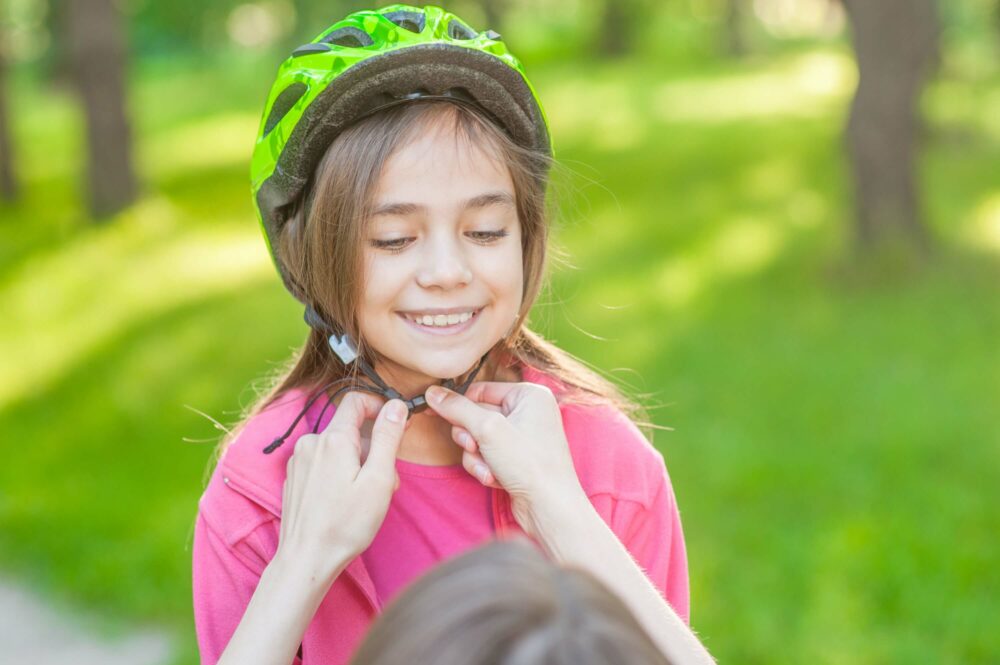
In this photo the helmet is too far back on the girls head, exposing too much of her forehead.
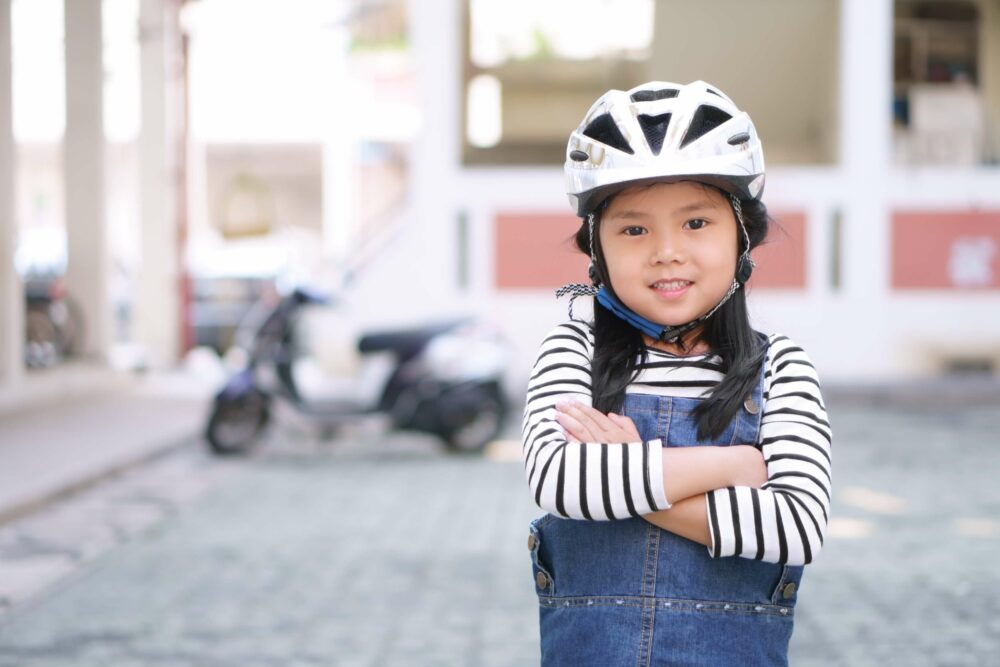
This helmet is fitted correctly on the head – you can see it’s positioned slightly above the eyebrows, providing protection to the forehead.
2. Tensioning the helmet to fit your child’s head
Most quality kids bike helmets have some sort of tension band at the back of the helmet.
This is usually adjusted either with a Snapback style fastening system or most commonly now a tensioning wheel that is turned clockwise for tightening and anti-clockwise to loosen.
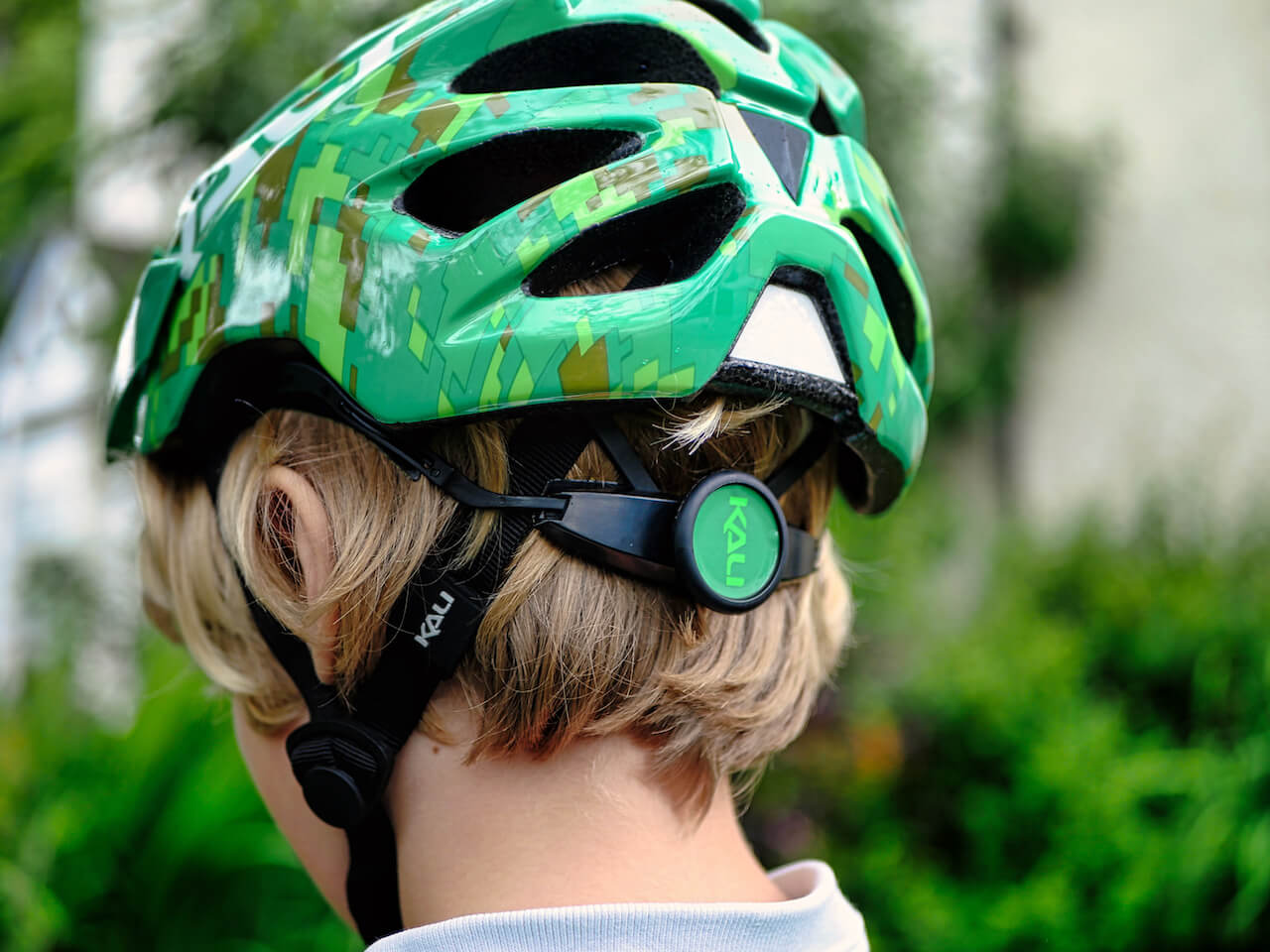
This tension band needs to be tightened until the helmet is snug, but not uncomfortable on your child’s head.
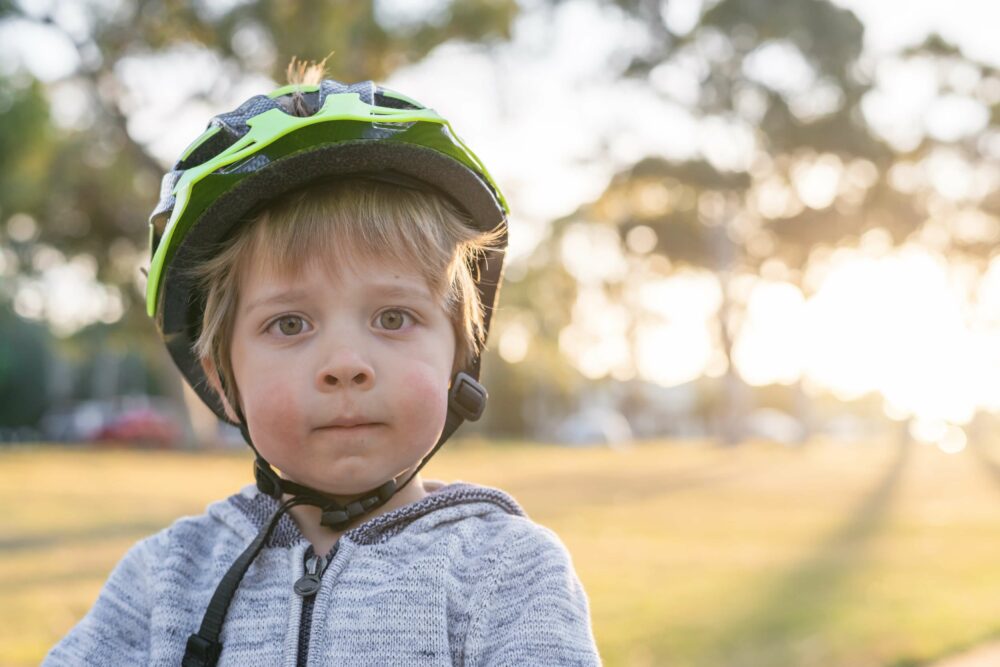
This boy’s helmet is too loose, as it’s tilting to one side.
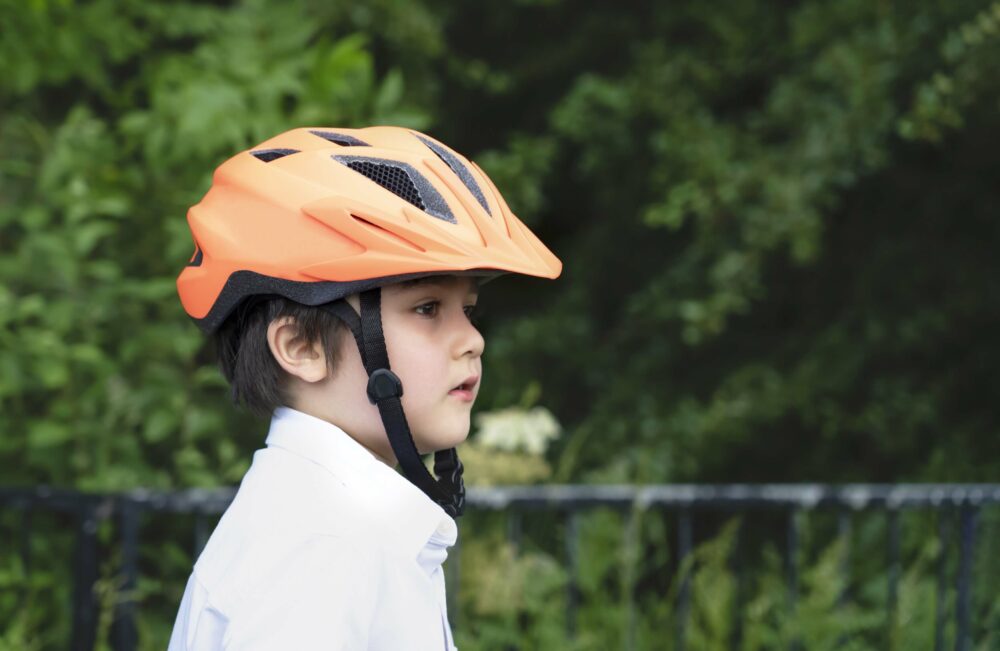
Your child should be able to move their head quite quickly backwards and forwards, left and right without feeling like the helmet is going to fall off their head. If the helmet is slipping and sliding around it is too loose and is unlikely to stay snug against their head in case of an impact.
A good test with older kids is for them to gently tilt their head forward with their hands positioned close to, but not touching, the top of the helmet (to catch it if needed). They should be able to lean all the way over until the top of their head facing down towards the floor without the helmet falling off. Obviously, they need to move very slowly, and be ready to catch the helmet if it’s too loose. You don’t want the helmet falling from a height onto the floor, as this will damage it.
Once the helmet is positioned correctly on your child’s head there are two more steps. These final stages of positioning and tightening the straps are often overlooked but make all the difference in ensuring the helmet will protect your child.
This boy on the left has got his helmet positioned nicely on his head, but the straps are in the wrong position and are far too loose.
3. Positioning the helmet straps correctly
Positioning your child’s cycle helmet straps is very important and is surprisingly easy to get wrong, so don’t rush this step.
Make sure the straps are not twisted, and that they sit in a nice V shape around the ears.
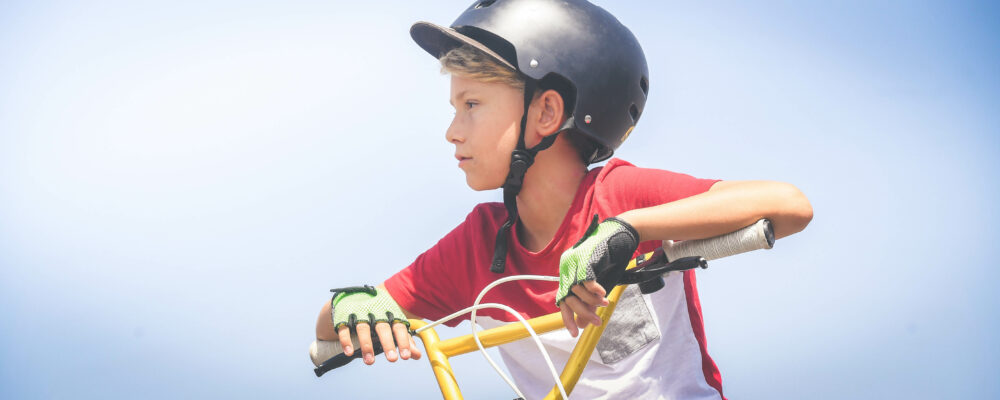
This boy has his straps in the correct position, but they are twisted.
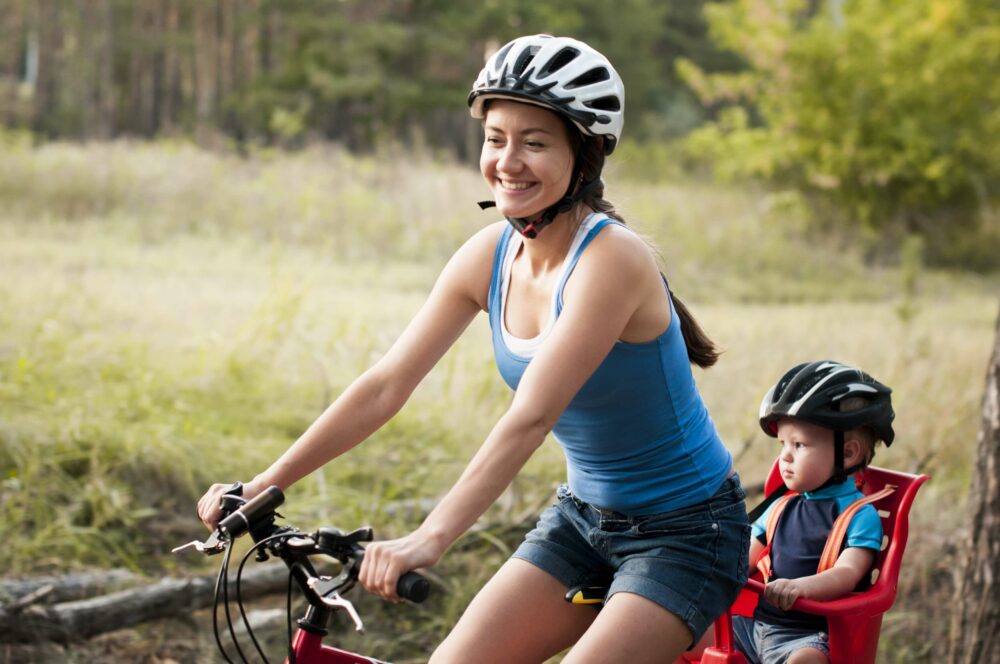
In this photo you can see the straps correctly positioned on either side of the child’s ears.
4. Fastening the chinstrap
Once the straps are in the correct position either side of your child’s ears, it’s a case of fastening the chinstrap.
Depending on the helmet these might have a different mechanism for fastening.
All will have some element of adjustment, so you are able to snug to the chinstrap up under the chin.
This should be snug, but slack enough that you pass a finger between the riders chin and the inside of the chinstrap.
If it’s too tight it will be uncomfortable, and your child won’t be able to open their mouth wide, so this is unlikely to be a problem as you’ll know about it!
Not tightening enough is something we often see, so take a moment to make sure the strap is pulled in far enough.
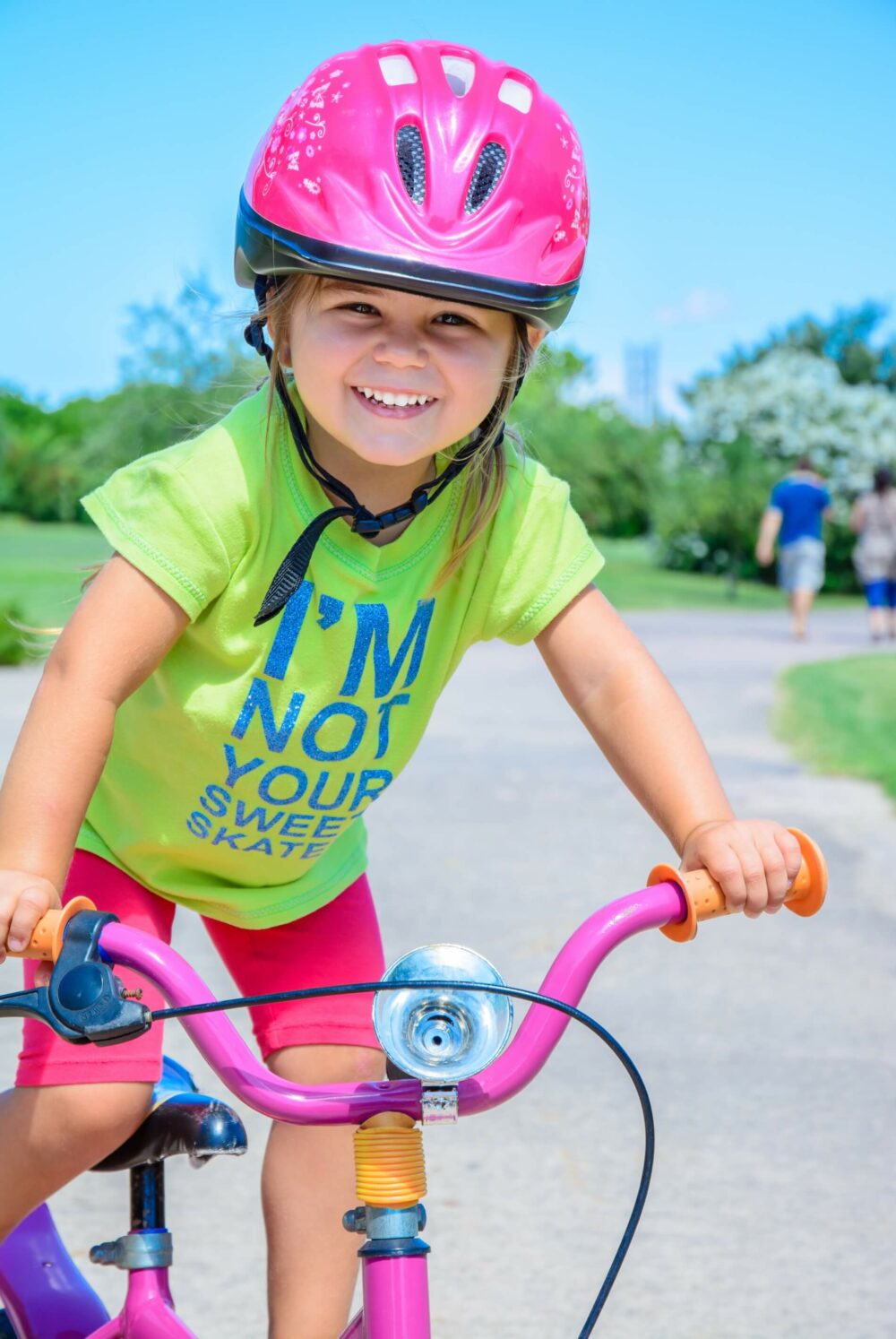
This girl’s chin strap is far too loose.
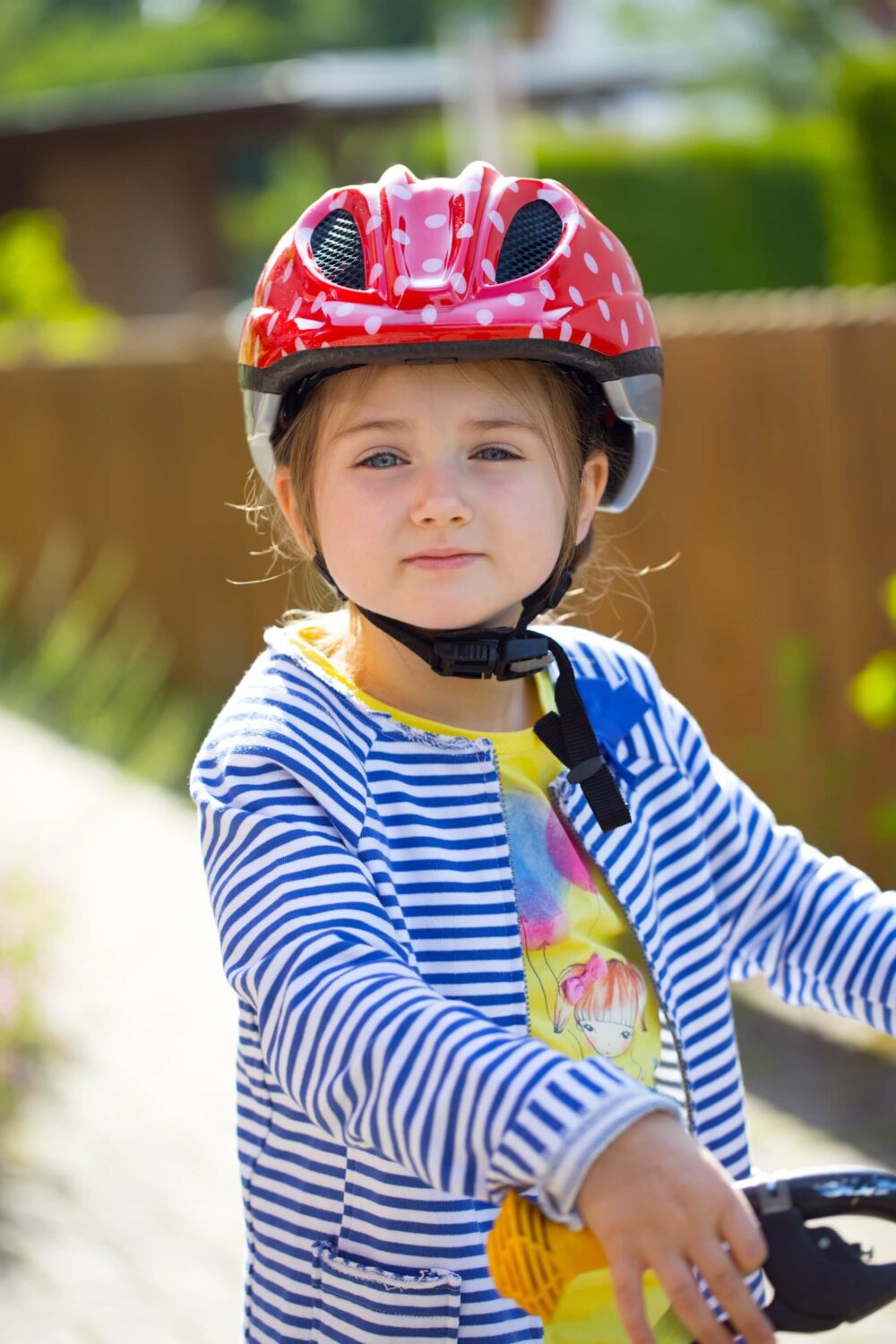
This girl’s chin strap is just right – there’s a slight gap, but only a fingers width, between the strap and her chin.
5. Securing excess chin strap
Some kids bike helmets come with really long chin straps which can be a distraction when riding.
If your child picks up speed they may find the straps really flap around. This can be uncomfortable if it starts catching them across the face.
Any excess “tail” from the chinstrap should be secured safely away.
A good quality kids cycle helmet should have some sort of keeper for this, such as a piece of Velcro or elastic.
Chin straps loosen themselves during use, so check each time that there is only a fingers width below the strap.
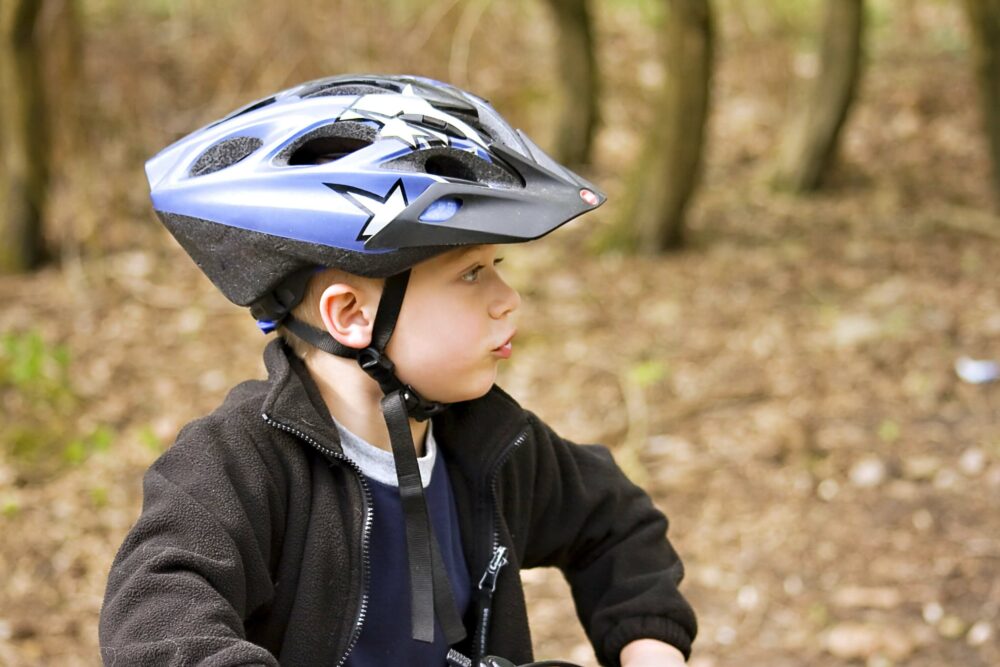
This boy may find such a long strap annoying or uncomfortable.

This girls strap is secured safely away so she can ride as fast and as far as she wants in comfort.
5 steps to correctly fitting your child’s bike helmet
As we've shown there’s just 5 easy steps to follow to make sure your child’s helmet is positioned correctly and providing them with maximum protection.
Every time they go out on a ride make sure that:
1) The helmet is positioned correctly on their head
2) It’s tensioned correctly so it doesn’t slip and slide around
3) The straps are positioned in a v around their ears and aren’t twisted
4) The chin strap is fastened snugly with a finger’s width of space below their chin
5) Any excess strap is secured away
You will need to do this for a younger child, but as your child gets older remember to teach them this, so they know for when they start cycling without you.
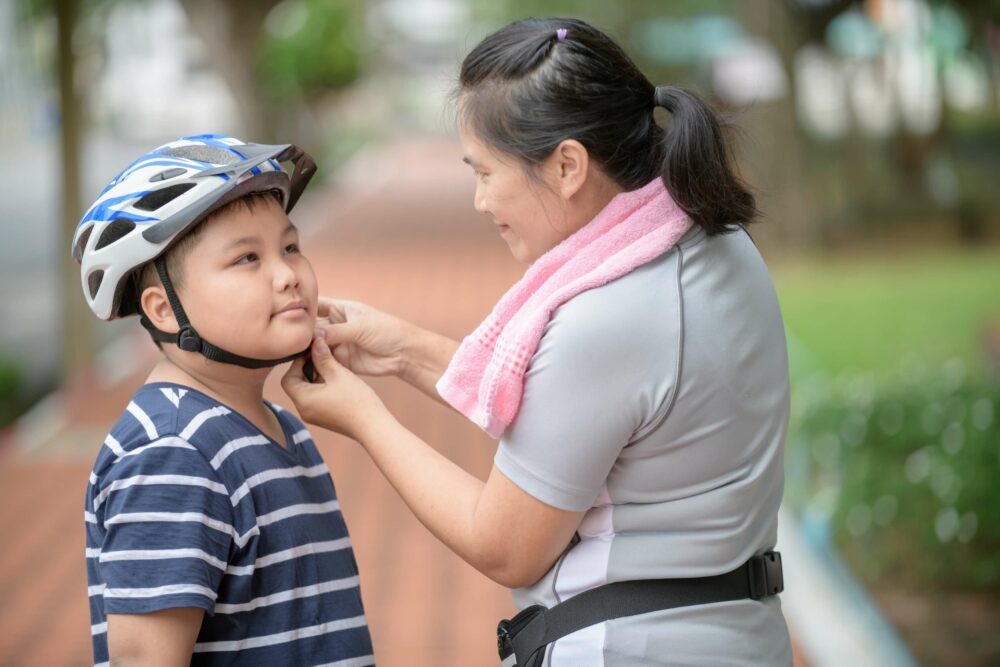
More helmet advice:
- How to measure your child's head for a bike helmet
- Safety standards to look out for when buying a kids bike helmet
- Is your child’s bike helmet fitted correctly?
- Afro hair and kids bike helmets
- How to keep your child's head warm under their cycle helmet
- Should my child wear a bike helmet?
- Cycle helmets for older kids and young teens; a group test
Easter holiday rides
Recent posts
-
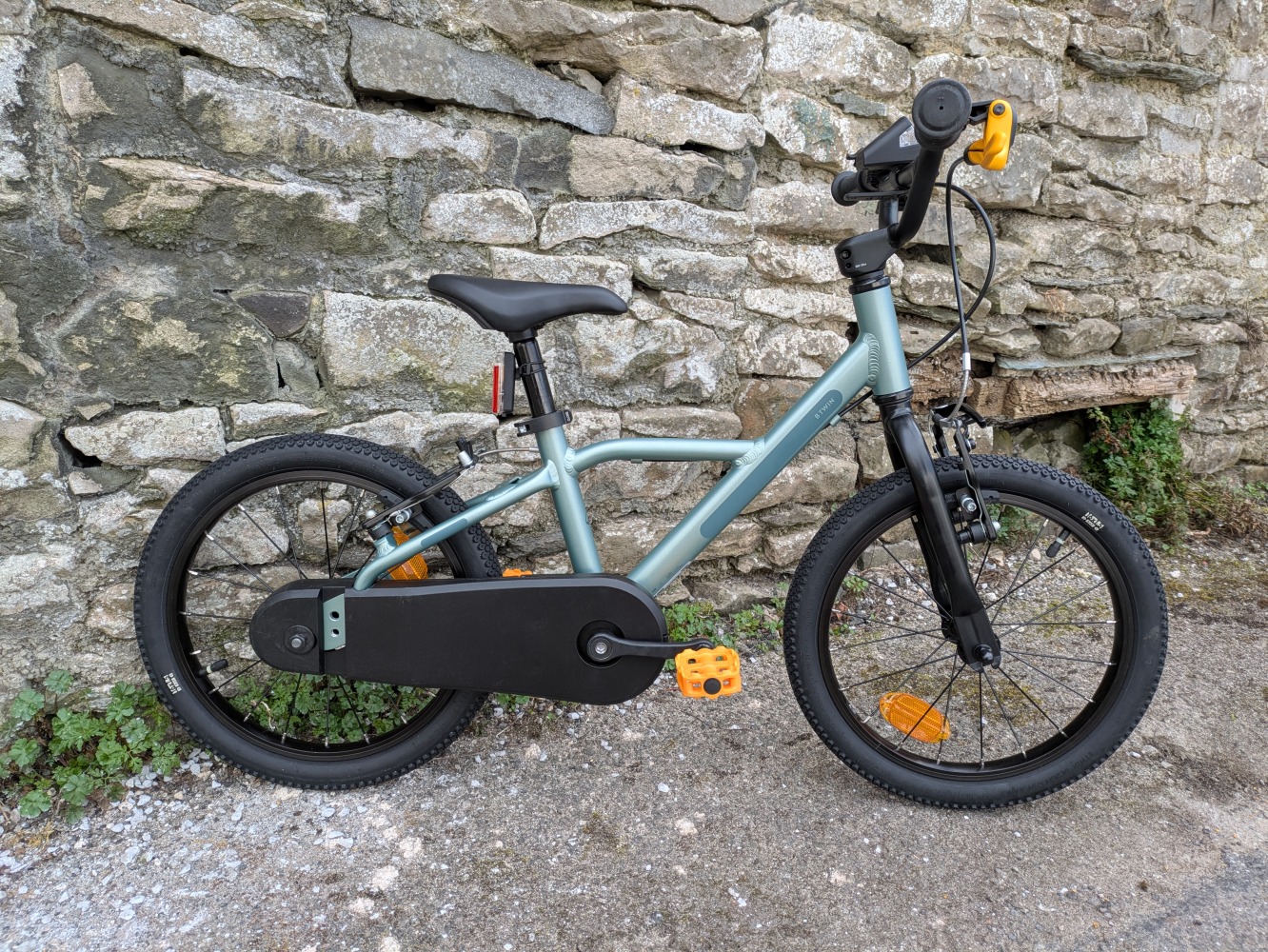 BTWIN 16” Discover 900 First Impressions Review: A budget-friendly 16″ Decathlon bike
BTWIN 16” Discover 900 First Impressions Review: A budget-friendly 16″ Decathlon bike
-
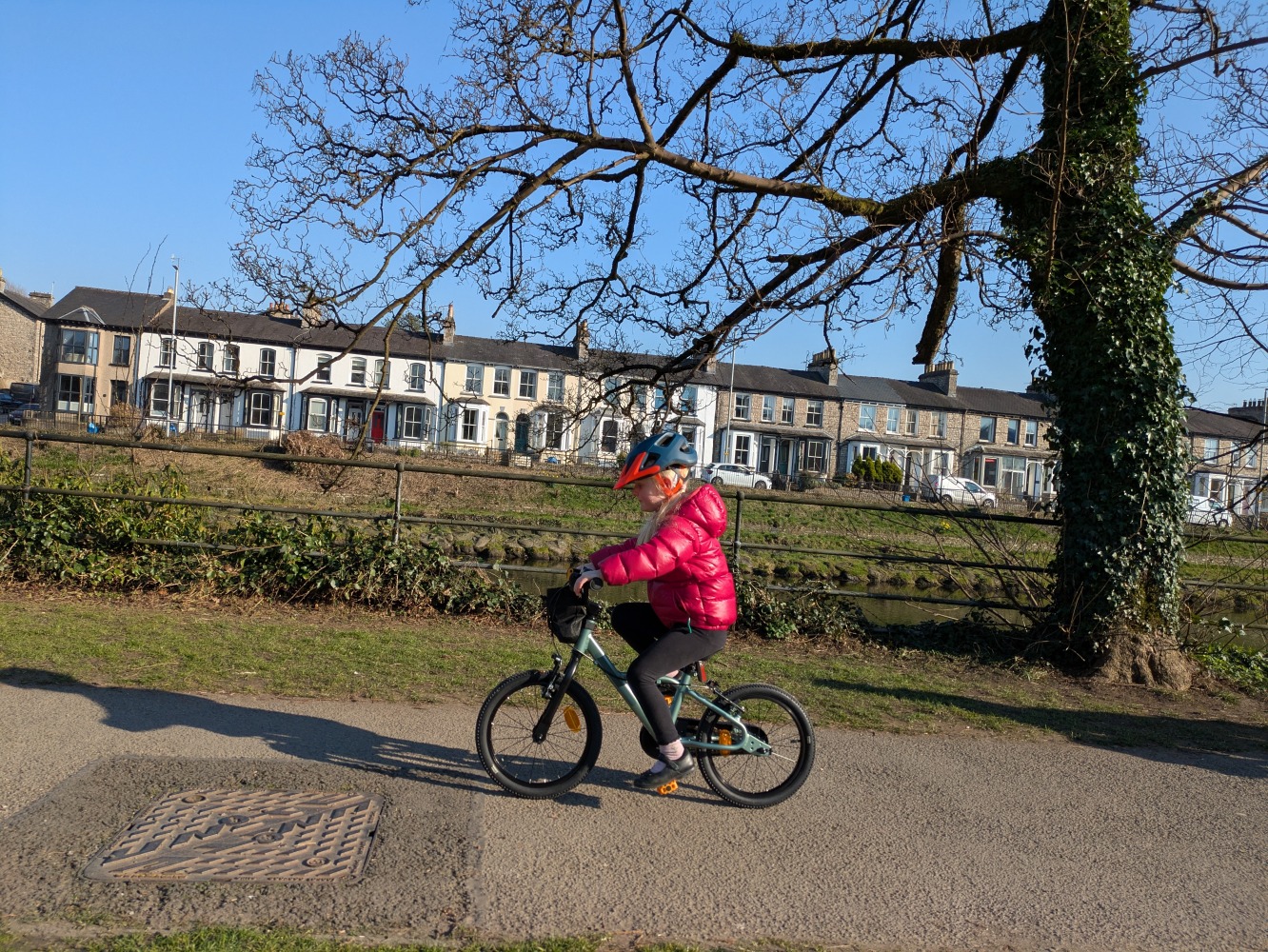 BTWIN kids’ bikes: a comprehensive range overview
BTWIN kids’ bikes: a comprehensive range overview
-
 3 incredible traffic-free family cycling routes in Austria & Italy
3 incredible traffic-free family cycling routes in Austria & Italy
-
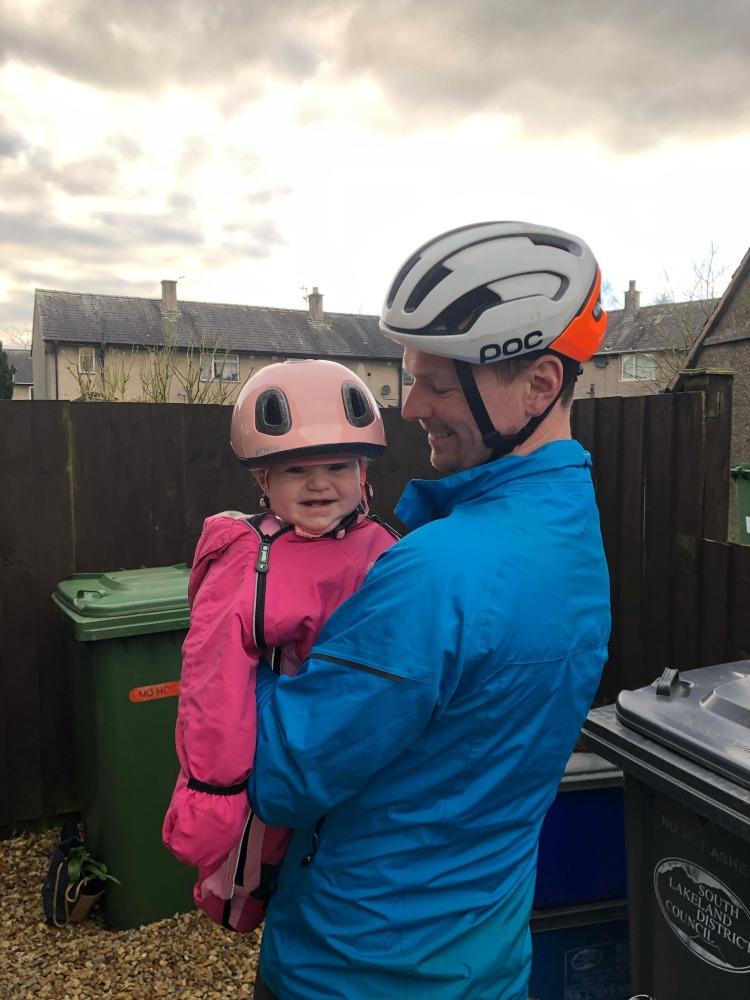 BTWIN 500 Baby Helmet Review: the smallest bike helmet available in the UK
BTWIN 500 Baby Helmet Review: the smallest bike helmet available in the UK
-
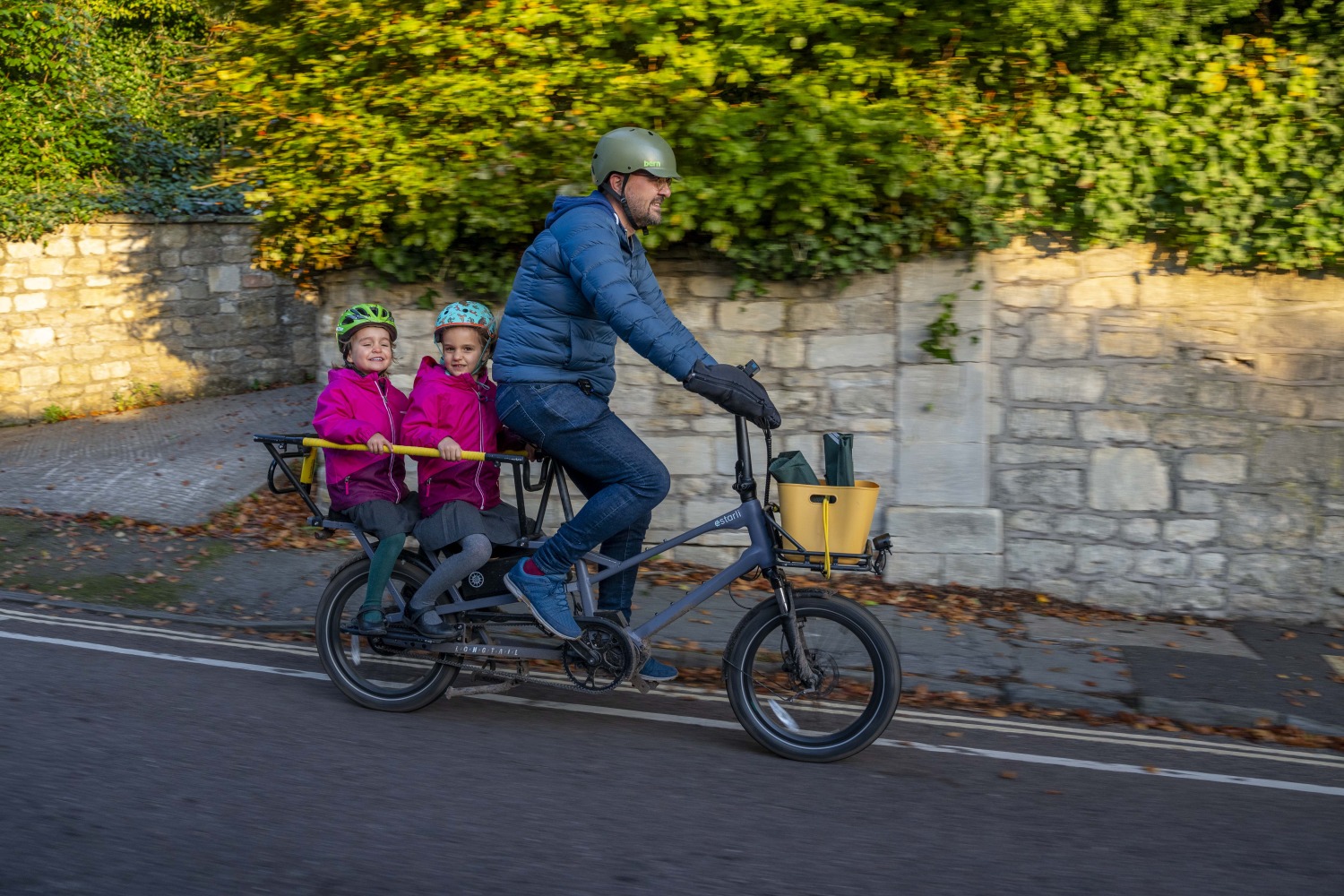 The joy of cargo biking – How electric cargo bikes are transforming family life
The joy of cargo biking – How electric cargo bikes are transforming family life
-
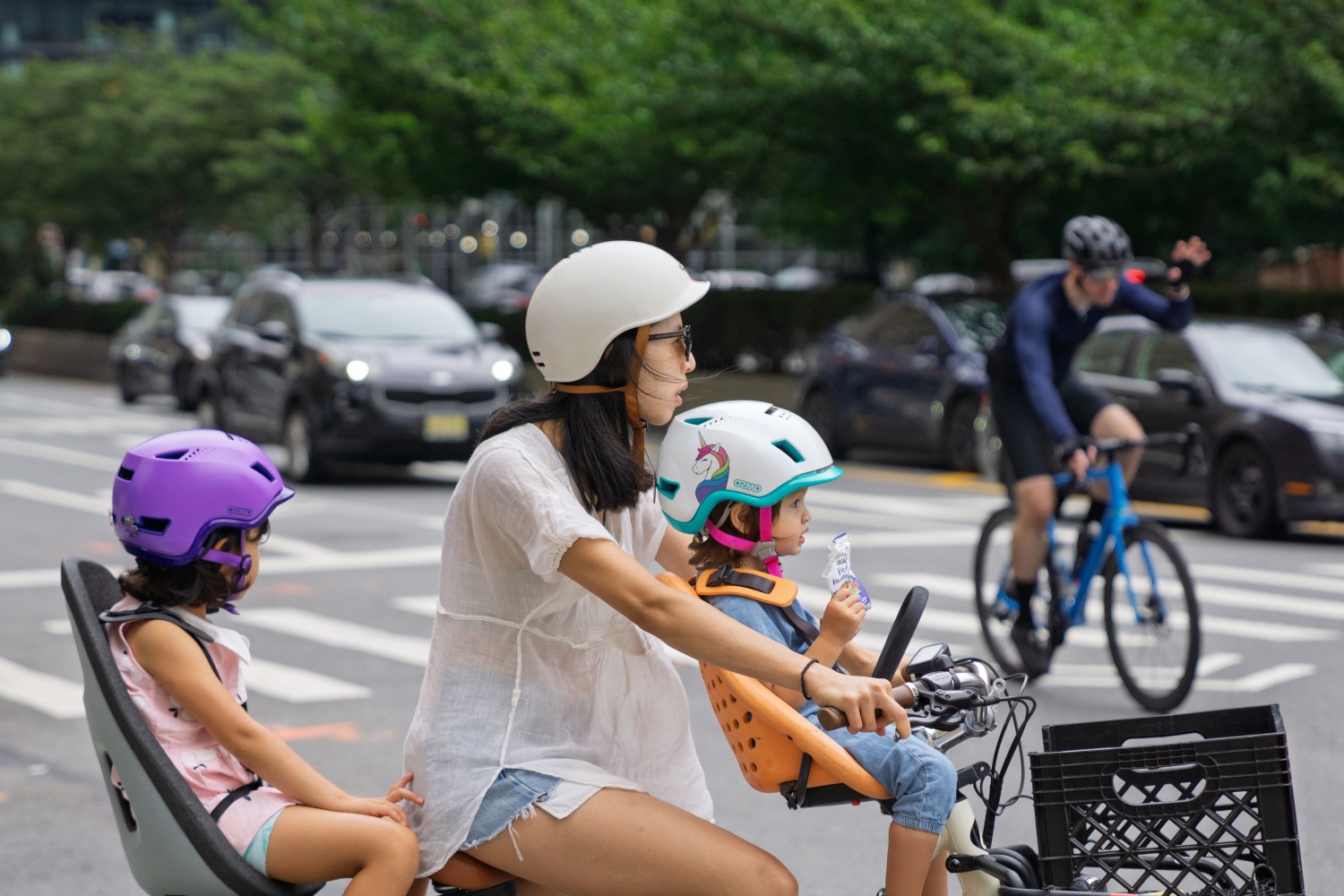 First e-bike helmet for babies: the Ozmo Helmets Kickstarter campaign
First e-bike helmet for babies: the Ozmo Helmets Kickstarter campaign
-
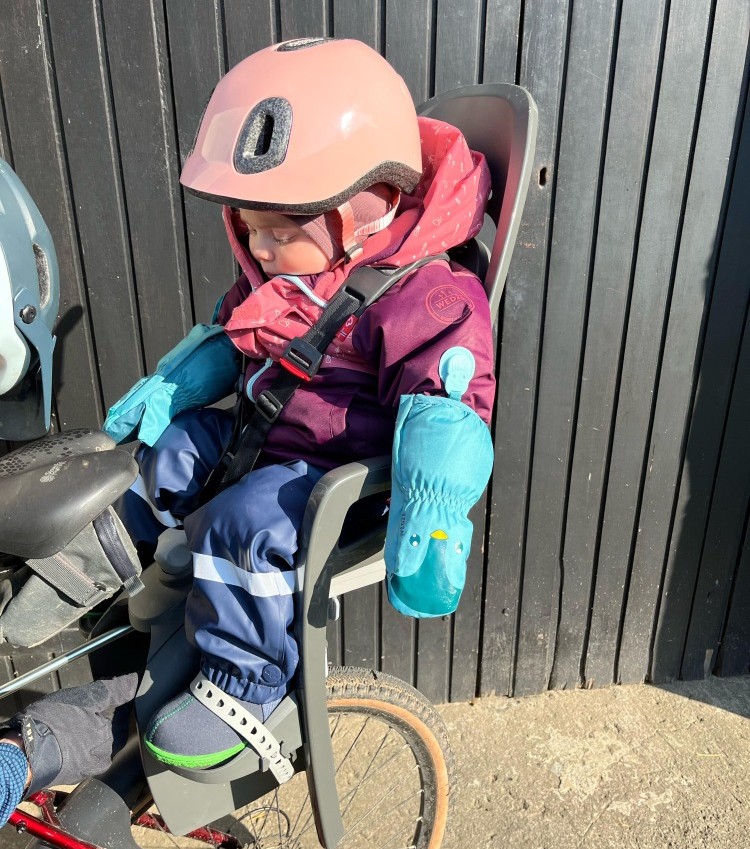 Hamax Zenith Relax Review: A reclining rear bike seat
Hamax Zenith Relax Review: A reclining rear bike seat
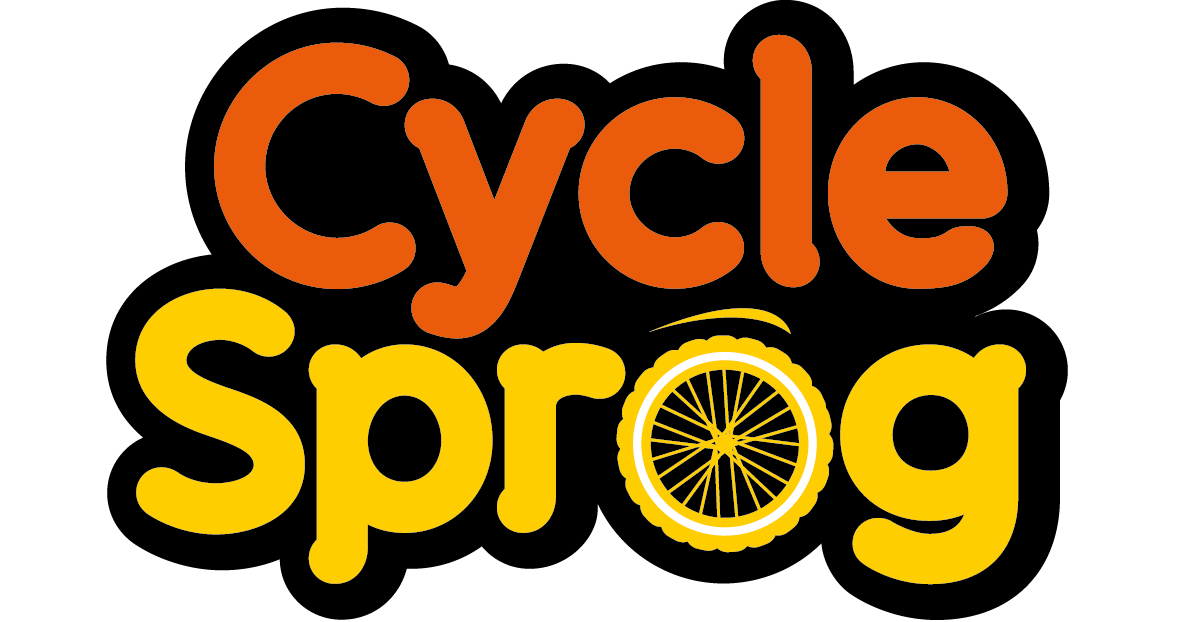
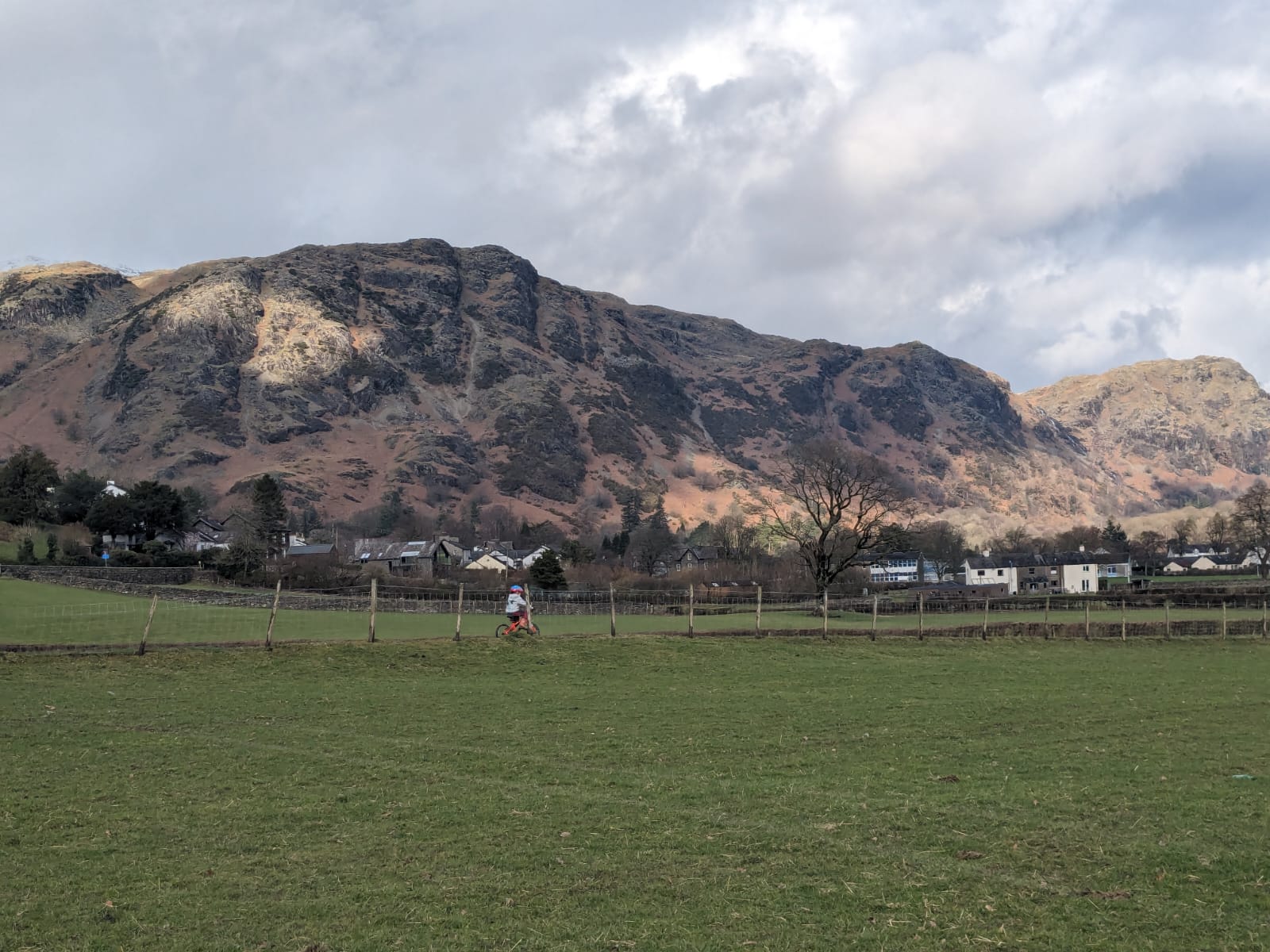
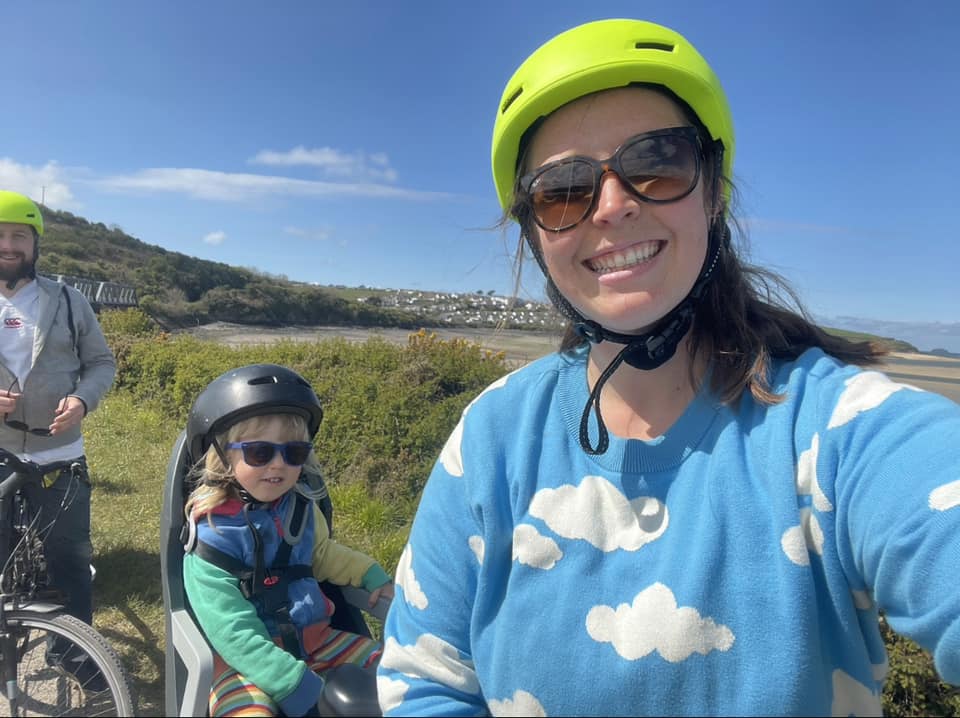
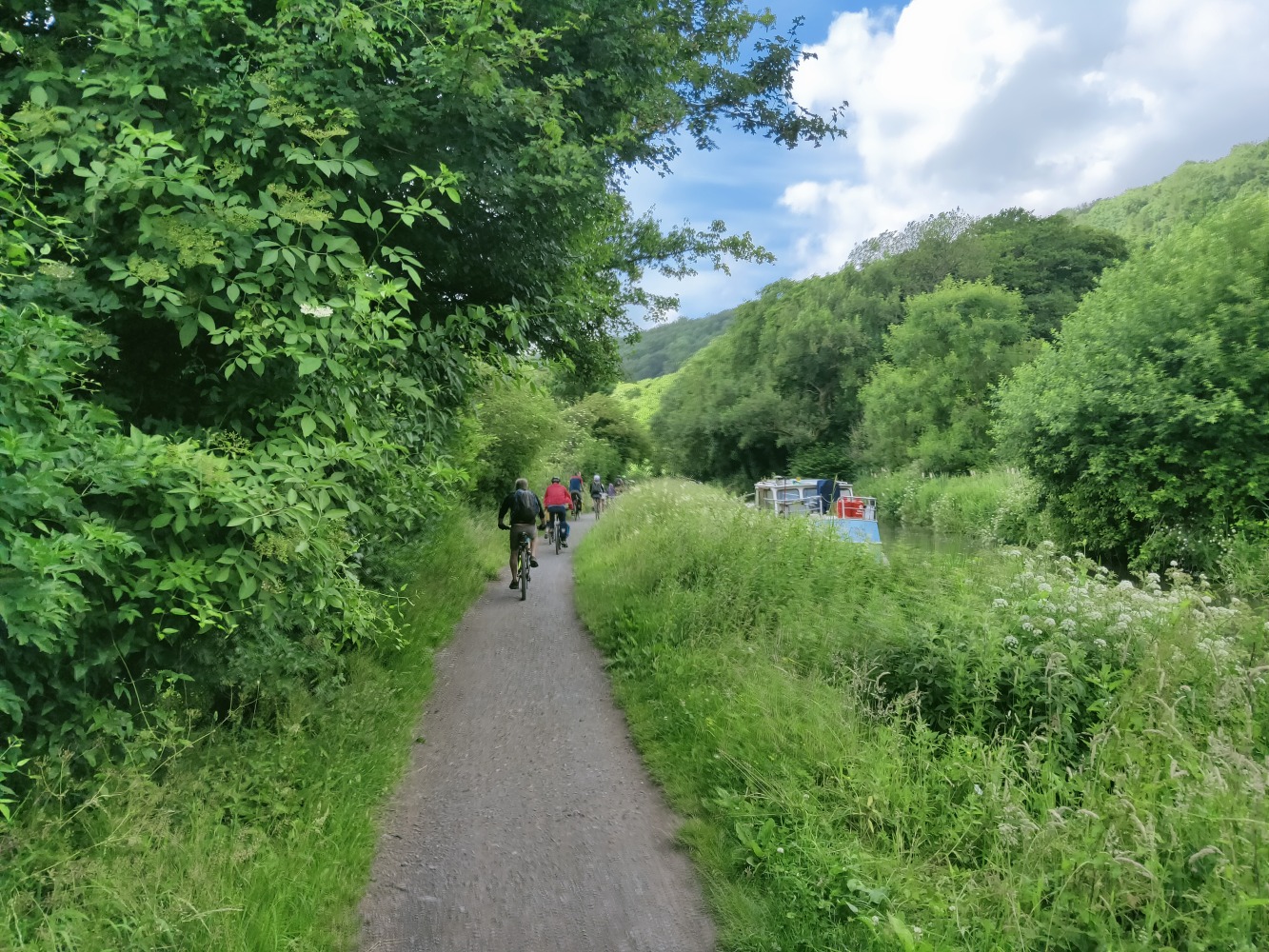
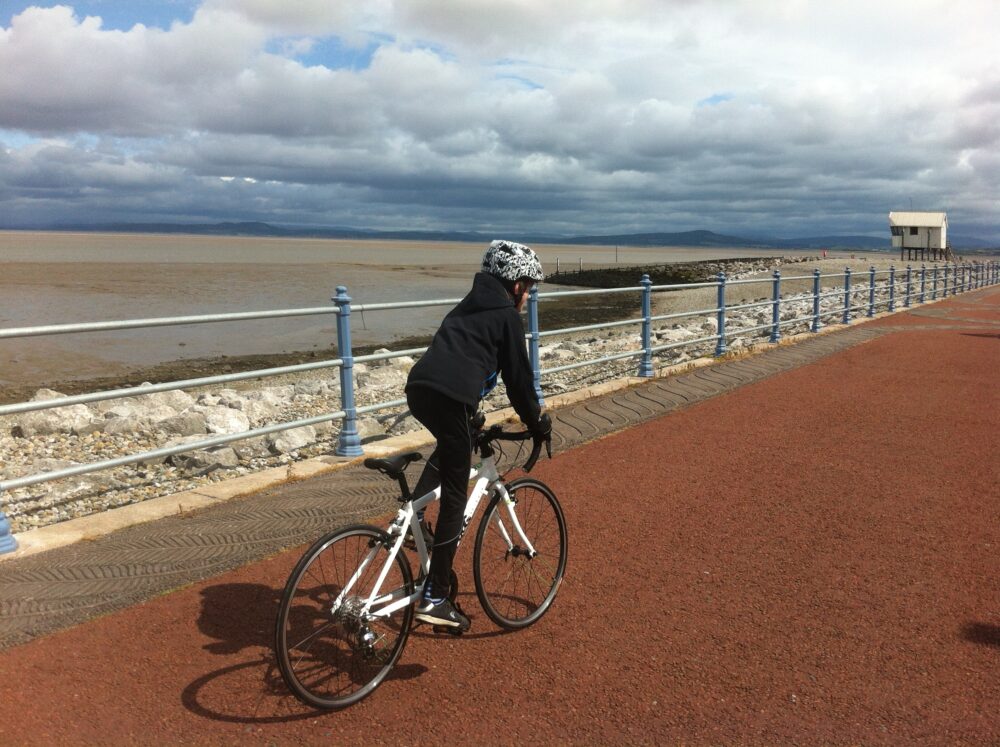

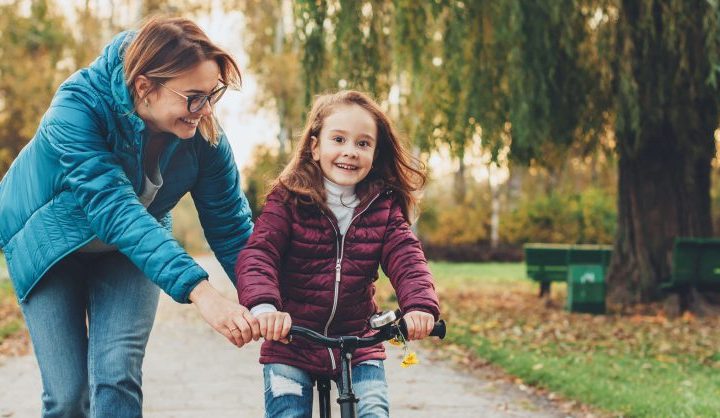
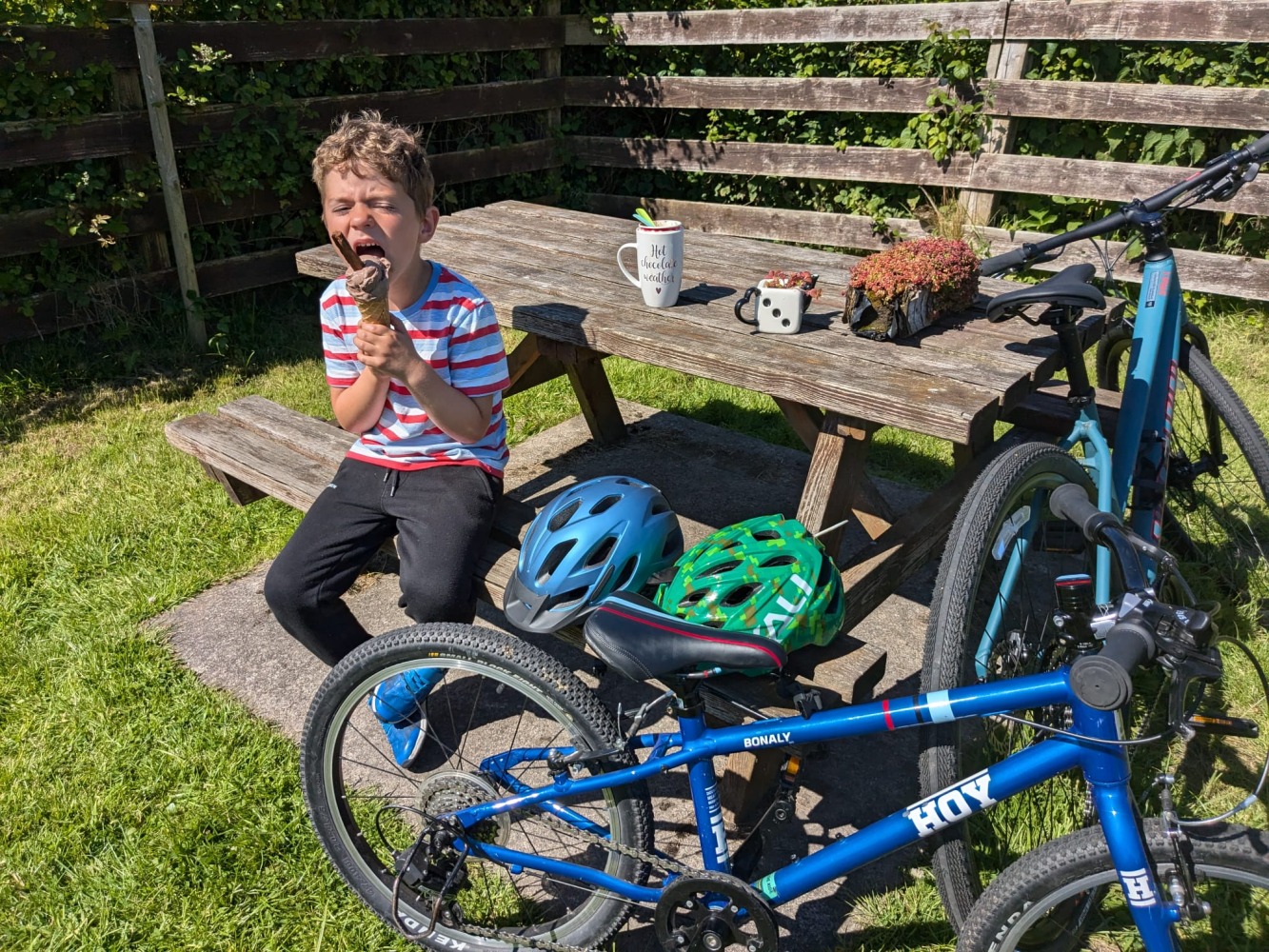
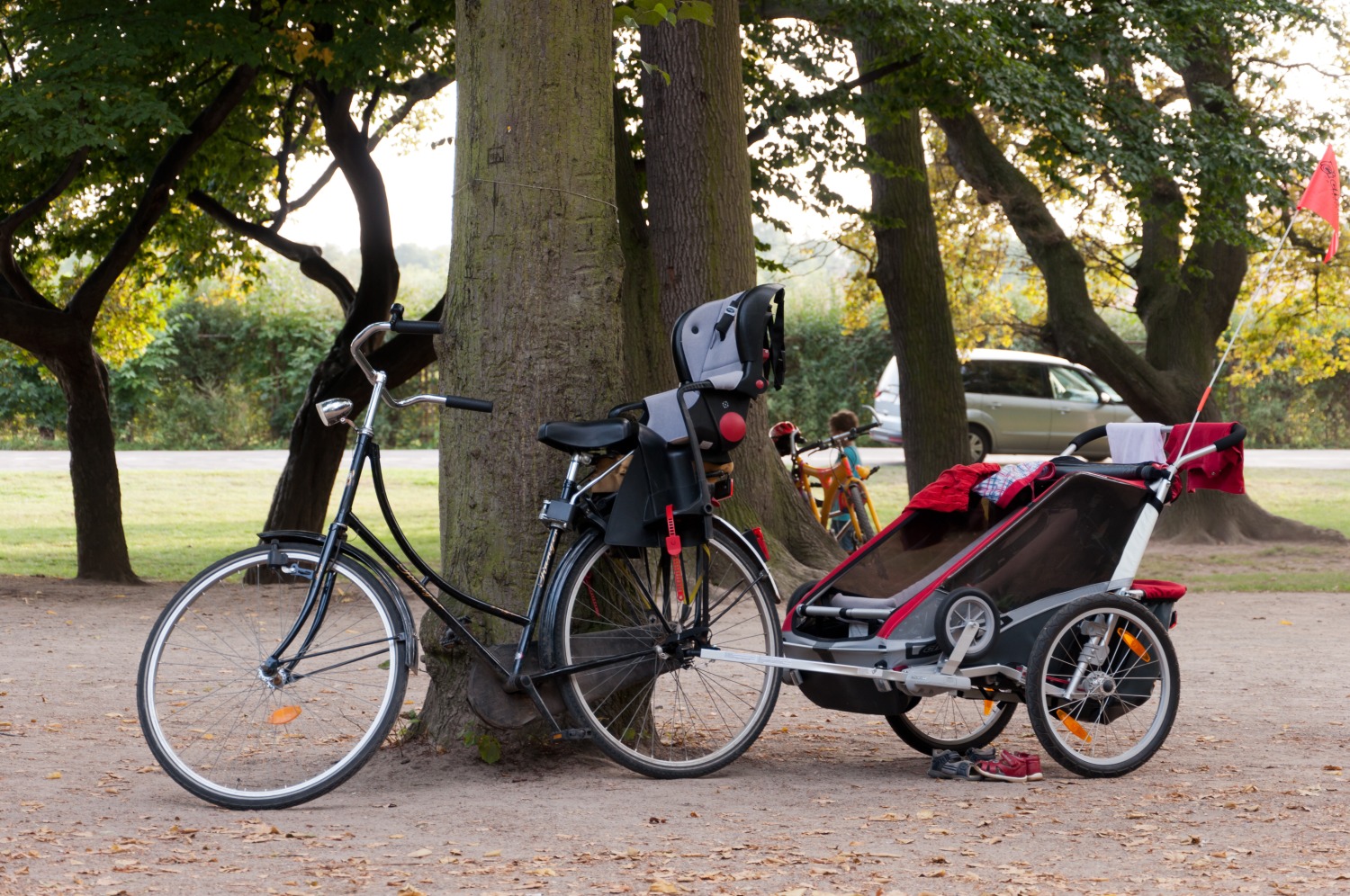
Comments